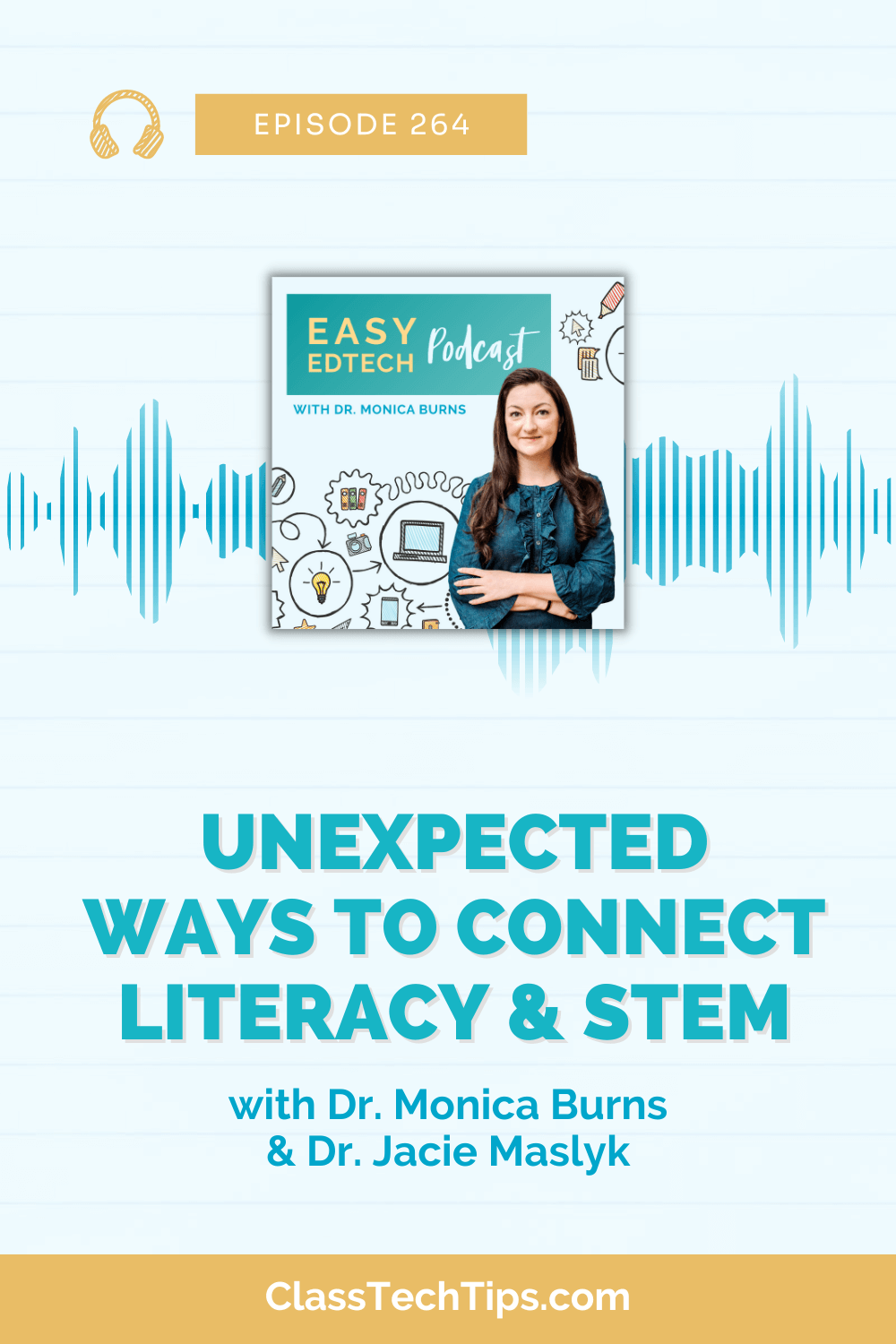How can you make curriculum content real, relevant, and approachable? Making student-centered instruction a priority is an important place to start. As you keep learners front of mind, finding student-friendly content and sharing this content strategically can help students make meaning of your curriculum goals.
Fostering a lifelong love of learning is essential. There are lots of ways to help this happen in your classroom! You can connect content to students’ lives, pop culture, and current events. By presenting content in a variety of formats and media and ensuring that course material is culturally responsive, are just a few ways to help foster lifelong learning and make course content relevant to students.
<h2>Shmoop Comprehensive Curriculum</h2>
<p>The team behind <a href=” http:=”” www.shmoop.com”=”” target=”_blank” rel=”noopener”>Shmoop reached out to me earlier this year, and I’m excited to share their platform with you! Shmoop is a digital publisher that “speaks student.” They provide comprehensive curriculum resources for core and elective subjects, as well as test prep. Shmoop presents material with humor and a focus on engagement.
The Shmoop platform has more than 300 full courses and 8,000+ videos. This content includes topics ranging from AP Calculus to Media Literacy, How to Write a Cover Letter to How to Buy a Car, PBIS to College-level Chemistry, to Personal Finance 101, Sonnets, Cyberbullying, Food and Nutrition, 4th Grade Social Studies, Chinese I, Spanish II, and everything in between.
You may have heard of Shmoop before because of its popular test prep content. Shmoop has test prep material for every AP exam. They also have prep materials and practice tests for the SAT, ACT, GRE, and GED, in addition to other resources. Shmoop is definitely more than a test prep resource. Their curriculum content addresses a wide range of needs for schools and districts beyond test prep.
3 Ways to Make Literature Real and Relevant
Shmoop has content for all subjects, but let’s take a deeper dive into their resources around literature. You may have heard of my book Taming the Wild Text, written with Pam Allyn. As someone passionate about the power of multimedia in English Language Arts instruction, I was excited to learn more about Shmoop. I’ve included links to specific examples in the next few sections. However, you can use the strategies listed here in any classroom – tailored to your particular learning goals.
Using Multimedia to Bring Content to Life
Video is a medium that makes it easy to present literature in a relevant manner to students. For example, this video on Dostoyevsky’s classic, Crime and Punishment demonstrates connections to popular television and movies. Students will see a shout out to Law and Order and Despicable Me. It surfaces some of the enduring themes that draw people to stories about crime. At the same time, it asks students to think critically about the questions of the moral philosophy underpinning the book.
The same valuable concept works in reverse, as shown in this video, Harry Potter’s School Days. The video takes the modern and extremely popular young adult literature in the Harry Potter series and demonstrates connections to the 19th-century novel Tom Brown’s School Days. It even makes the connection between historical foundations of the British boarding school system dating back to the 1300s. The video gives students a chance to consider how classic literature influences what we read today. In under two-and-a-half minutes, it provides a lot of similarities including story structure and themes.
Video gives students a different way to consume course material. It enables complex content to be presented in a matter of minutes, leaving more time for classroom discussion. And your students might already be familiar with the concept of “explainer” videos from exploring YouTube and other online video resources.
Dive Deep
Sometimes it takes a deeper dive into the literature to really demonstrate how it’s relevant for today’s students. Shmoop courses help students take a deep dive into literature to help show connections to students’ lives. Shmoop offers a three-week course on Orwell’s 1984. This course covers Common Core and state-specific literacy standards too. Shmoop also offers a full 18-week elective on Shakespeare’s Plays. This course digs into nine of Shakespeare’s best-known works.
Instead of quickly moving through an assigned reading, students and teachers can take a deep dive with these courses. This strategy can help students think critically about what they have read. At the same time, they can tackle the question, “What was the context for these works in their time, and why are they still relevant today?”
Make it Fun
Shmoop’s literature guides provide the story behind the story for lots of literature popularly used in classrooms. Here are just a few relevant and interesting questions to consider while reading through Shmoop’s literature guides with students:
- Did you know that one of the common lessons echoed in The Great Gatsby and My Fair Lady is “you can put on the dress, but you still aren’t going to know which fork to use”?
- Have you considered the fact that The War of the Worlds shows us that humans’ earthly activities―namely, colonizing other countries―aren’t all that different from aliens flying around the solar system wreaking havoc?
- Did you know that Edgar Allan Poe believed a good story should be readable in one sitting or else much of its impact is lost?
These are just a few of the relevant and interesting questions to consider while reading through Shmoop’s literature guides.
Shmoop has tons of free resources available to all teachers and students, available on their website. There are also premium plans available for individual students and educators, or licenses for schools and districts. Ready to learn more? Head over to their website!







